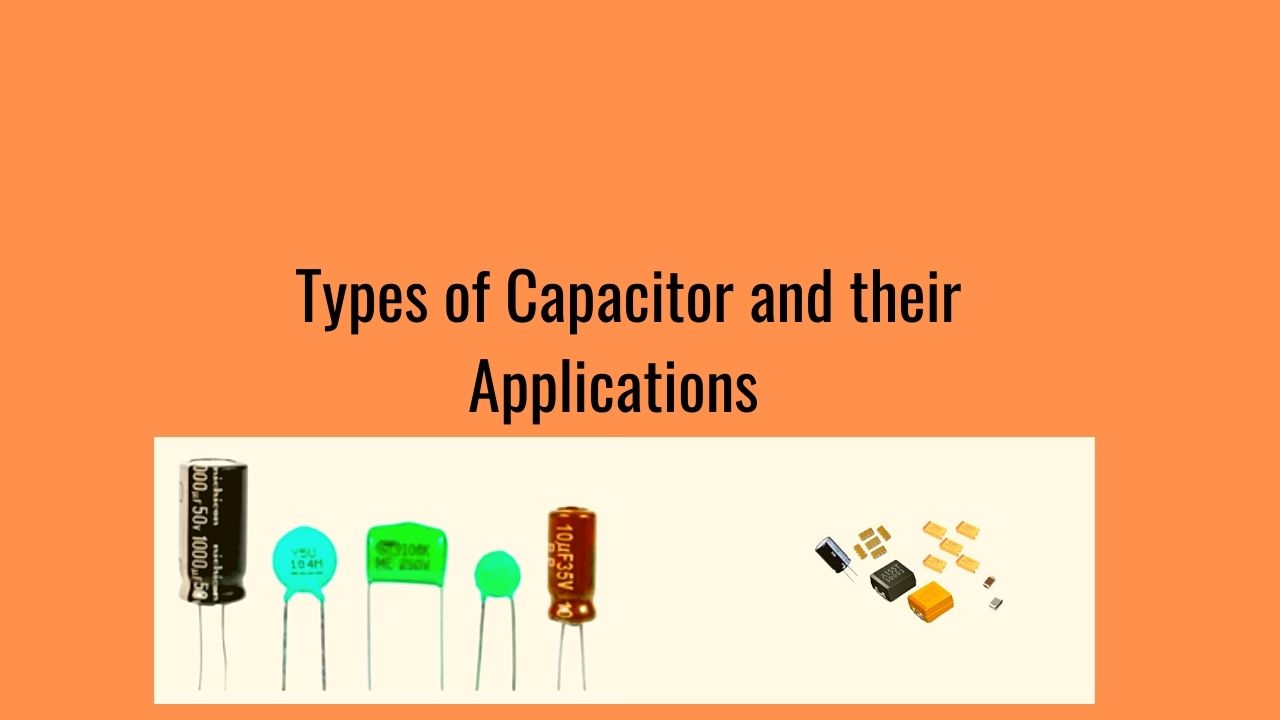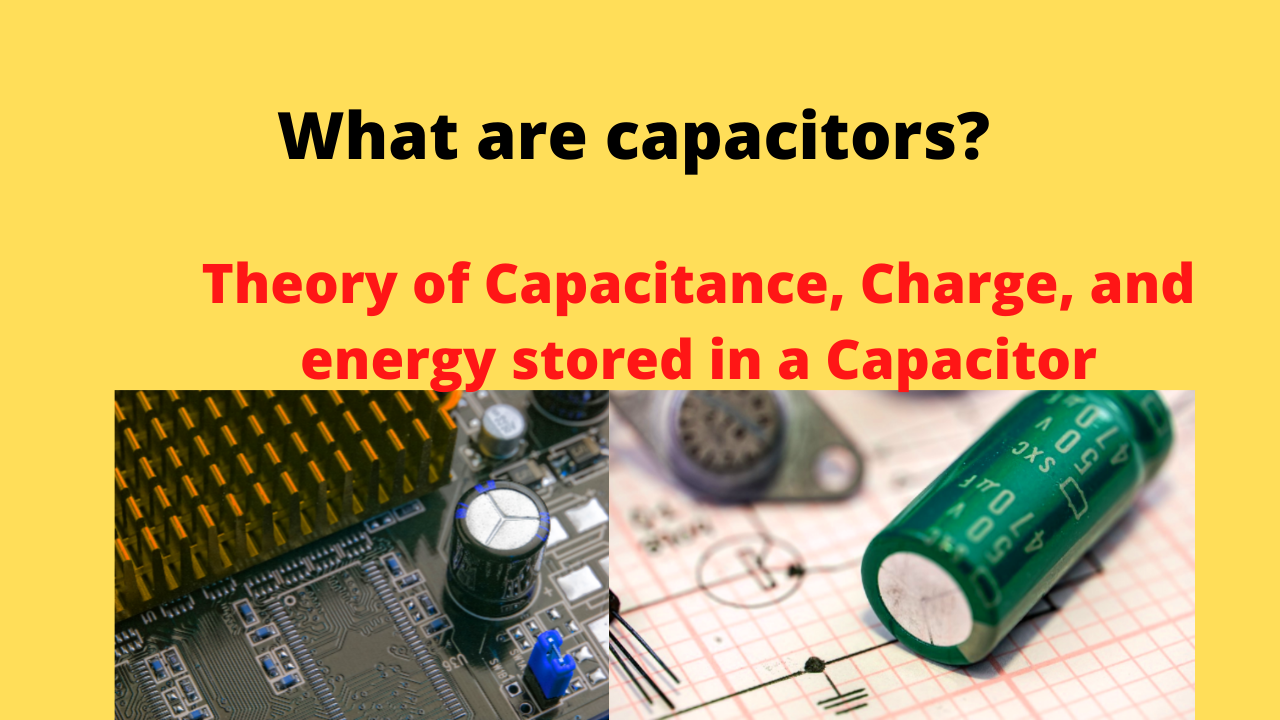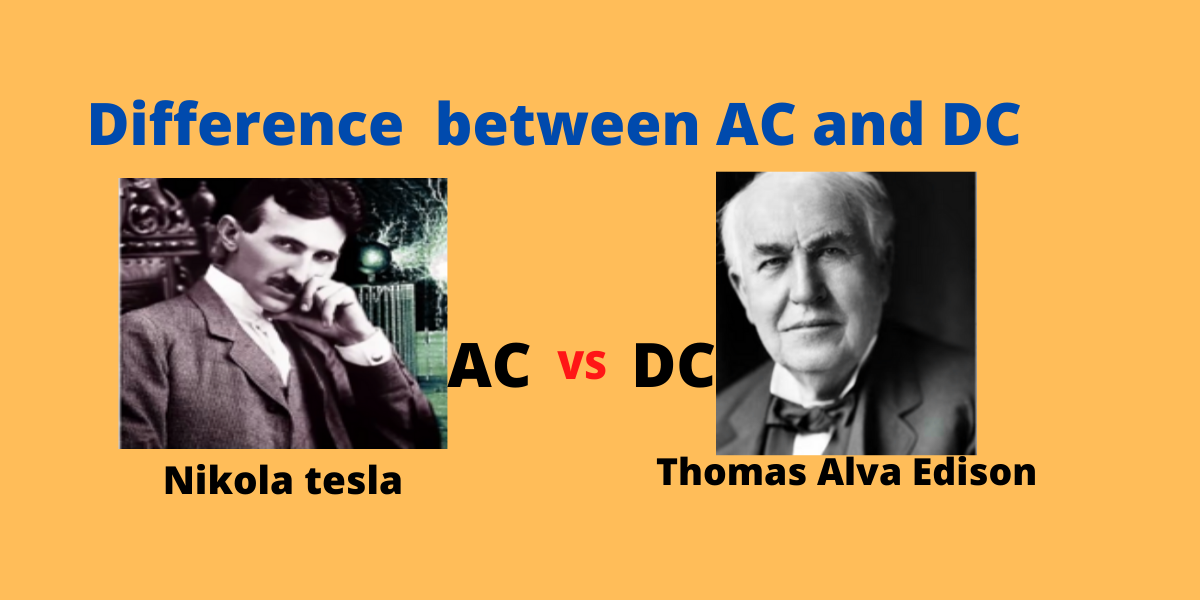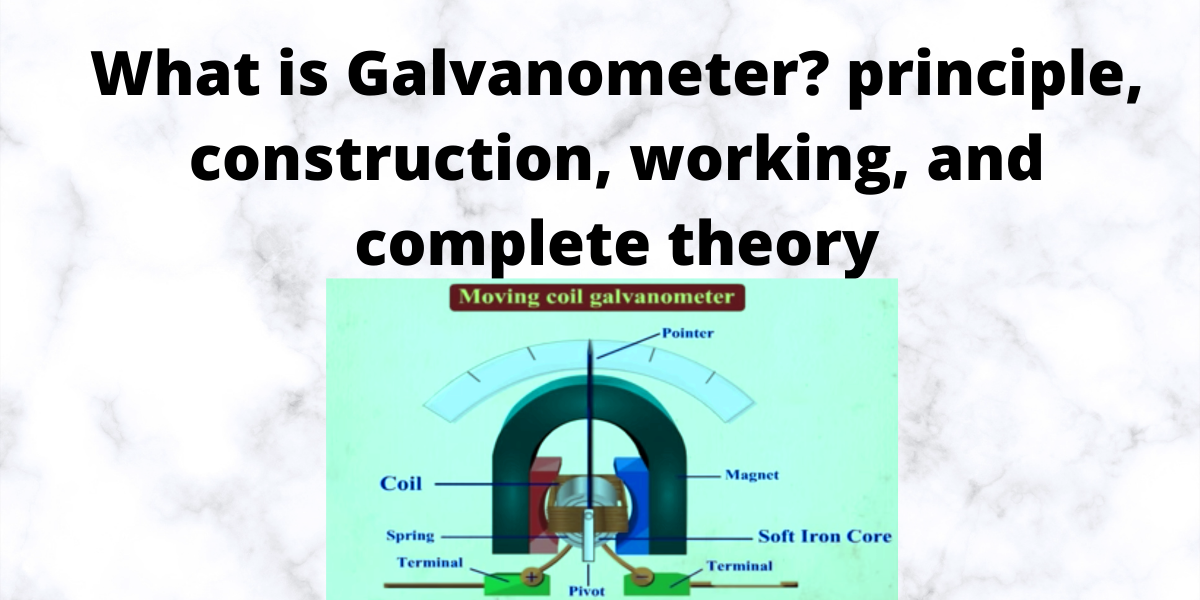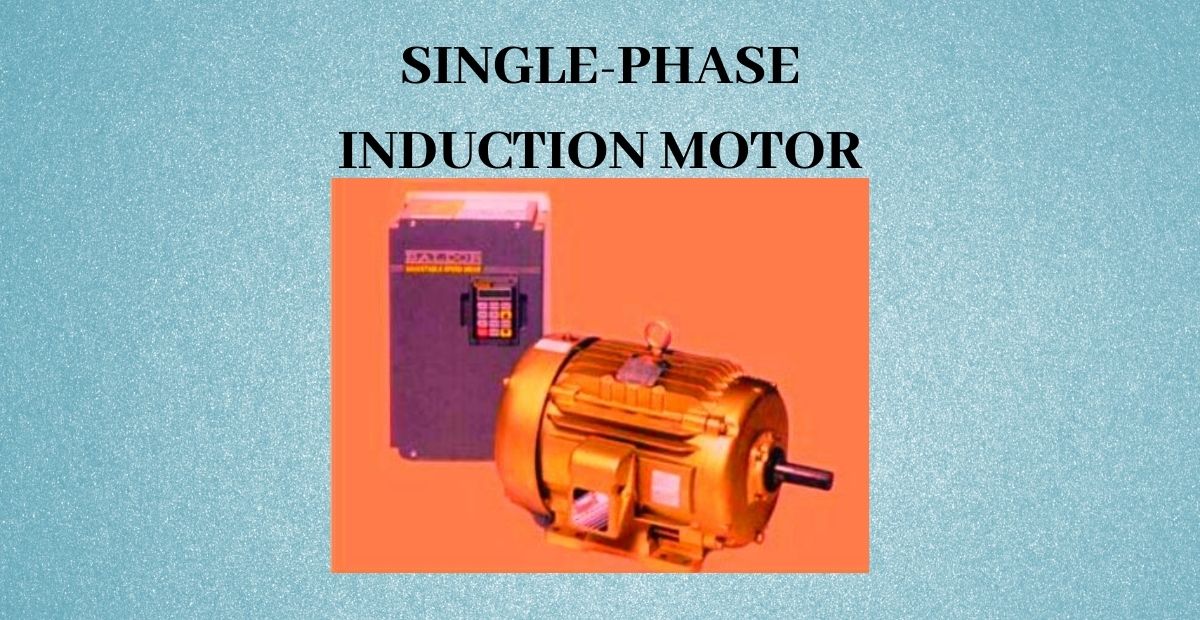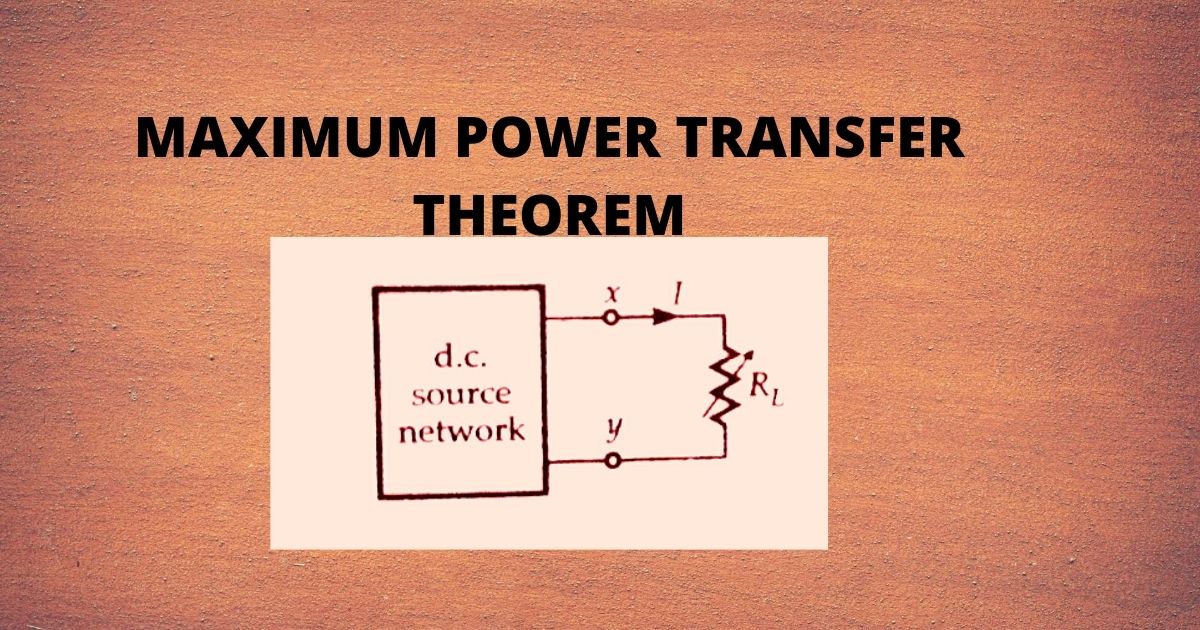Types of Capacitor : Working and Their Applications
Types of Capacitor Nowadays in today’s world of electrical and electronics, there are various types of capacitor are available. And each of these capacitors has its own characteristics and uses. These capacitors are broadly classified into two types, One is on the basis of their work and the second on the basis of the dielectric … Read more
